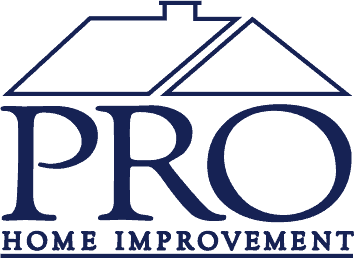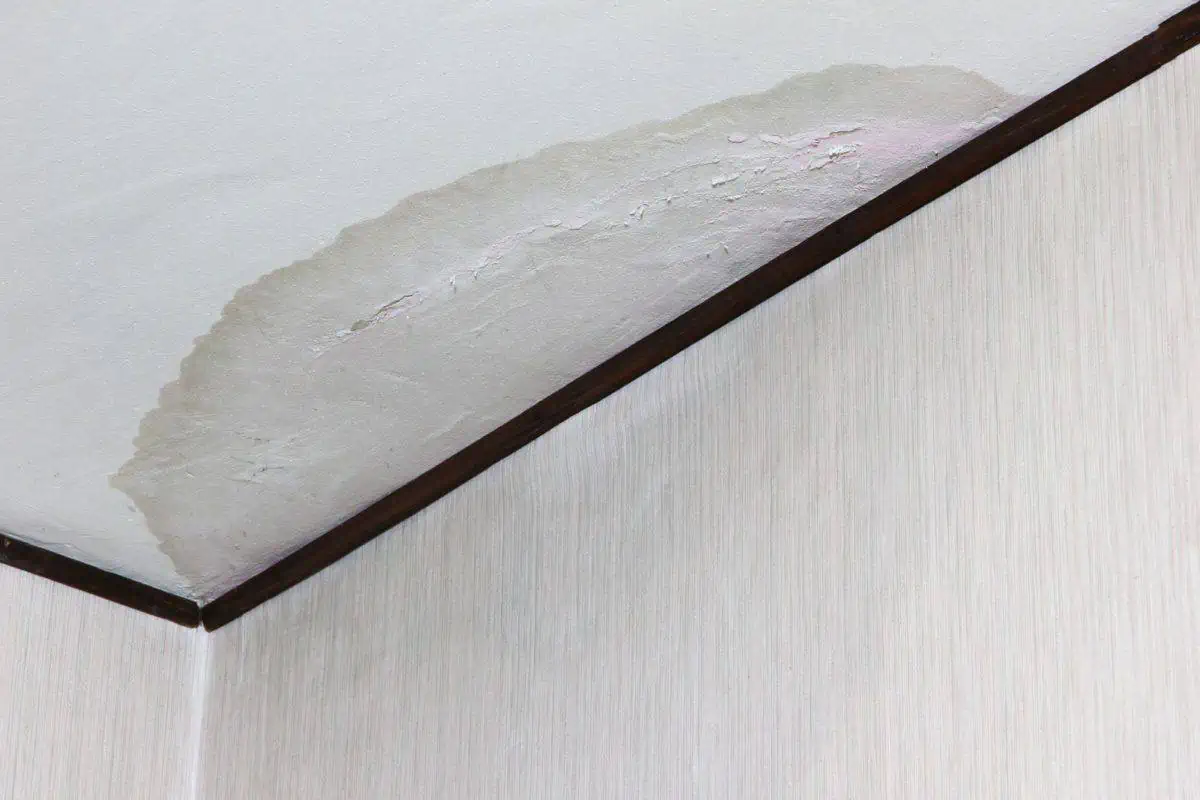Hey Sarah,
Spring in Michigan means rain which means if you have any leaks in your roof, they will begin to make themselves known. The watermarks you notice appearing somewhere on your ceiling are a clear sign of a leak. However, because of insulation or other diversions, the source of the leak may be far away from where the stains appear. Leaks are difficult to track down, but hopefully, we can help you locate the source of your issue. So what should you do first if you notice watermarks?
Get Your Eyes on the Issue
Nobody likes heading up into the attic, but it’s necessary if you want to gauge the leak you are noticing. Grab a flashlight and watch your step. Make sure to only step on joists, never in between. Examine the entire underside of the roof and look for darker areas. If it has rained recently, areas may still even be wet. If it’s been dry recently, moisture may be tougher to spot, but should still be noticeably darker.
Also, keep an eye out for mold. If you find a patch of mold, that’s a good sign you’ve found a vulnerable spot on your roof.
Insulation Interference
The insulation above your ceiling can send water in many different directions so it’s important to look and feel around for moisture in the insulation near where the leak is appearing below. Insulation that has been repeatedly wet will be more deteriorated than other insulation that hasn’t been wet. It will also be saggy and compressed and not light and fluffy like it should be.
When you find wet insulation, it’s best to remove it all so you can get a better look at the path of the water and better locate the source. Always remember to wear personal protective equipment when handling insulation.
Vents
A common culprit for leaks is where the roof is penetrated by vents. Flashing can bend and seals around vents gradually weaken over time and can allow rainwater to seep in, so inspect all of the vent penetrations.
No Rain?
If you are inspecting when it hasn’t rained recently, you can always simulate a storm. Send a helper up onto the roof with a garden hose while you remain in the attic with a flashlight. You can proceed across your roof, section by section, inspecting each area to see if you notice water penetrating the roof. This way you can start and stop the “storm” to see if that helps you notice the flow of water into the attic any easier.
Always use safe ladder procedure with spotters and any fall protection necessary for your type of roof. Never proceed with any unsafe procedure. If you are not sure, stop and get some help.
What to do next
Leaks do not resolve themselves over time – they only get worse. If you’ve found the source of the leak, you can proceed with repairing it yourself if you are comfortable with that level of work, especially if it is only replacing a shingle. Otherwise, it is best to leave the repair or replacement work to the professionals.
If you have any other questions about roof leaks or roof replacement, call the Pros at Pro Home Improvement 888-776-1998 and we will come help you out with your issue.

